Black hole and Big Bang singularities break our best theory of gravity. A trilogy of theorems hints that physicists must go to the ends of space and time to find a fix.
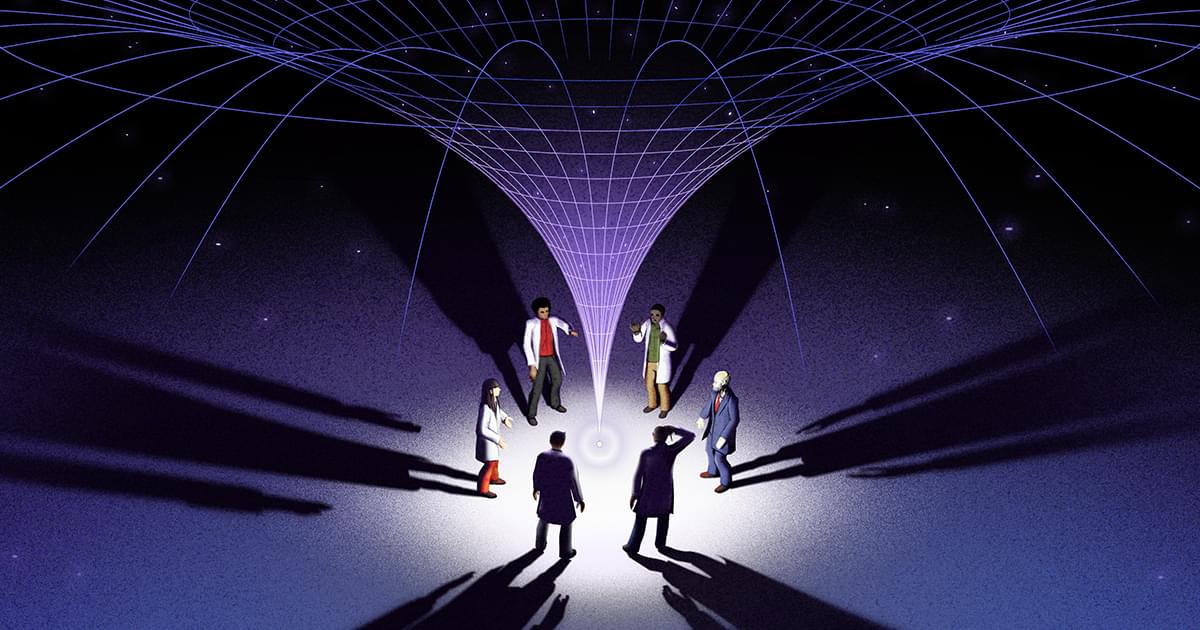

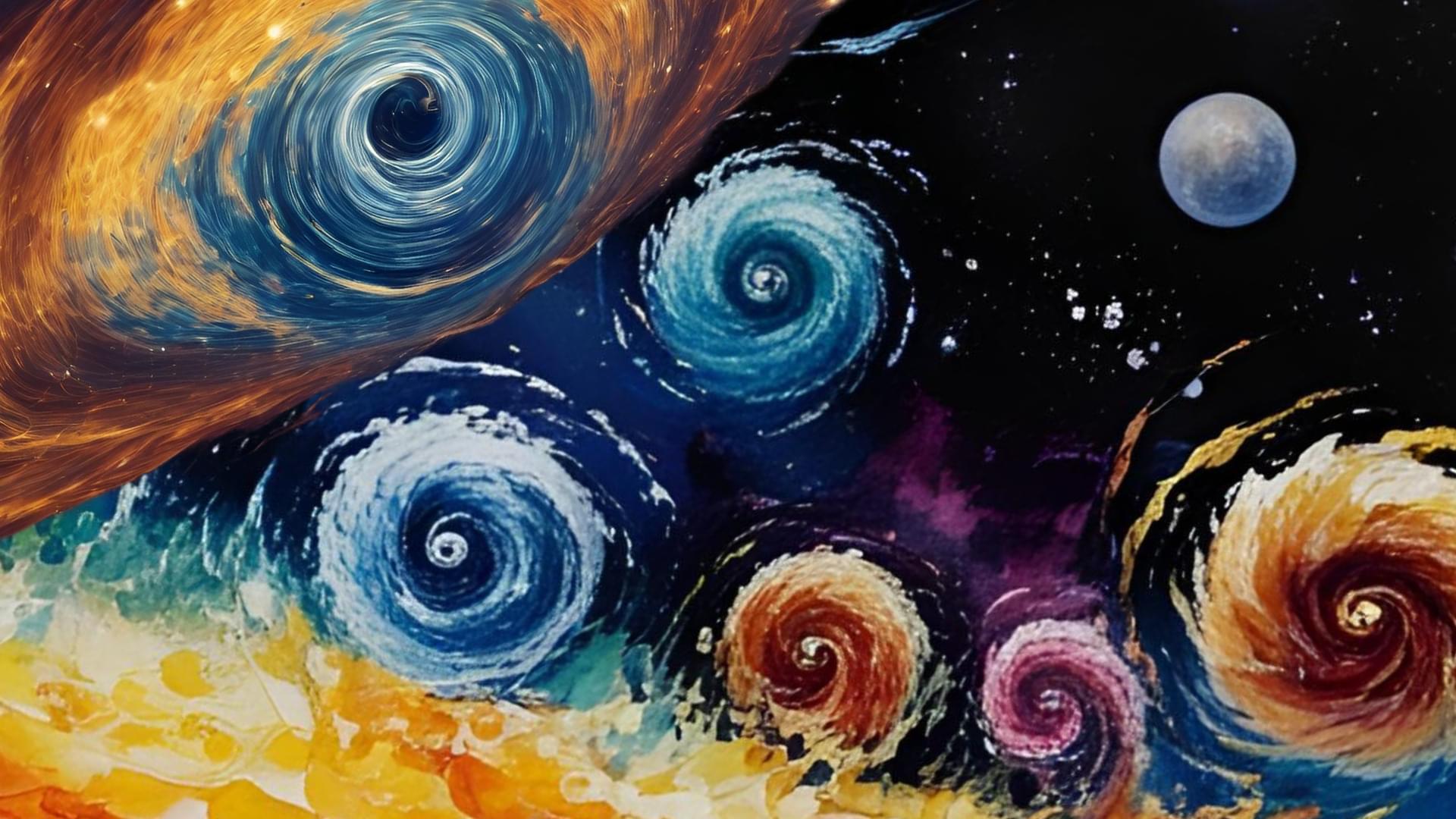
“The new model can account for both structure formation and stability, and the key observational properties of the expansion of the universe at large, by enlisting density singularities in time that uniformly affect all space to replace conventional dark matter and dark energy,” research author Richard Lieu, a physics professor at The University of Alabama in Huntsville, said in a statement.
The dark universe is poses such a huge conundrum for scientists because it suggests that only 5% of the matter and energy in the cosmos comprises what we see around us on a day-to-day basis in stars, planets, moons, our bodies — and everything else, really.
In other words, we have no idea what the other 95% of the cosmos is.

The researcher added that with better data on the horizon, including the first public data on galaxy clustering from DESI released last week, the team will re-apply their methods, compare their results with their current findings, and detect any statistically significant differences.
“I think there are more questions than answers at this point,” Chen said. “This research certainly enforces the idea that different cosmological datasets are beginning to be in tension when interpreted within the standard Λ CDM model of cosmology.”
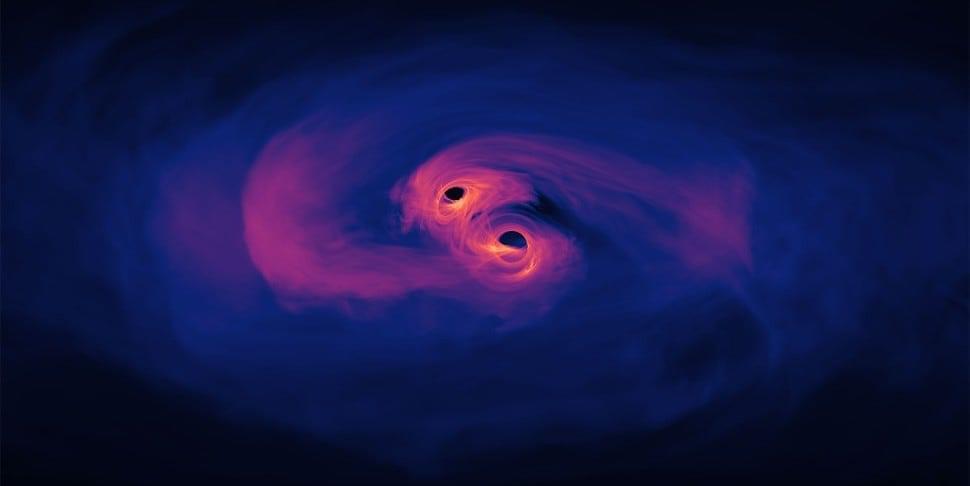
Almost every galaxy hosts a supermassive black hole at its center. When galaxies merge, the two black holes spiral in closer to each other and eventually merge through gravitational-wave emission. Within a few billion years, this process will be featured close to home as our own Milky-Way will collide with its nearest massive neighbor, the Andromeda galaxy.
If the two black holes have different masses, the emission of gravitational waves is asymmetric, causing the merger product to recoil. The intense burst of gravitational waves in a preferred direction during the final plunge of the two black holes towards each other, kicks the remnant black hole in the opposite direction through the rocket effect. The end result is that gravitational waves propel the black hole remnant to speeds of up to a few percent of the speed of light. The recoiling black hole behaves like the payload of a rocket powered by gravitational waves.
In 2007, I published a single-authored paper in the prestigious journal Physical Review Letters, suggesting that a gravitational-wave recoil could displace a black hole from the galactic center and endow it with fast motion relative to the background stars. If the kick is modest, dynamical friction on the background gas or stars would eventually return the black hole back to the center.

Who i am and all my stuff here: https://hey.link/w8yiD ✅🎁🚀
Wanna watch more Free audiobook? Click here: • The Future is Matrix: AI, Virtual Worlds,… ✅
The Physics of Space Travel: Exploring Faster-Than-Light Travel is an exhilarating journey into the world of cutting-edge science and theoretical physics. Imagine a future where interstellar travel is not just a dream, but a reality. In this comprehensive and accessible guide, you’ll dive deep into the science behind faster-than-light travel, exploring concepts like Einstein’s theory of relativity, wormholes, warp drives, and quantum tunneling.
Whether you’re a space enthusiast, a science fiction fan, or simply curious about the future of space exploration, this book breaks down complex ideas into engaging, easy-to-understand chapters. Discover the latest theories in space travel technology, the role of dark matter and dark energy, and the tantalizing possibility of time travel. Along the way, we’ll explore the search for advanced extraterrestrial civilizations and how their discoveries could guide our own journey to the stars.
With vivid explanations, real scientific insights, and thought-provoking possibilities, The Physics of Space Travel is your essential guide to understanding how humanity might one day break the light-speed barrier and unlock the mysteries of the cosmos.
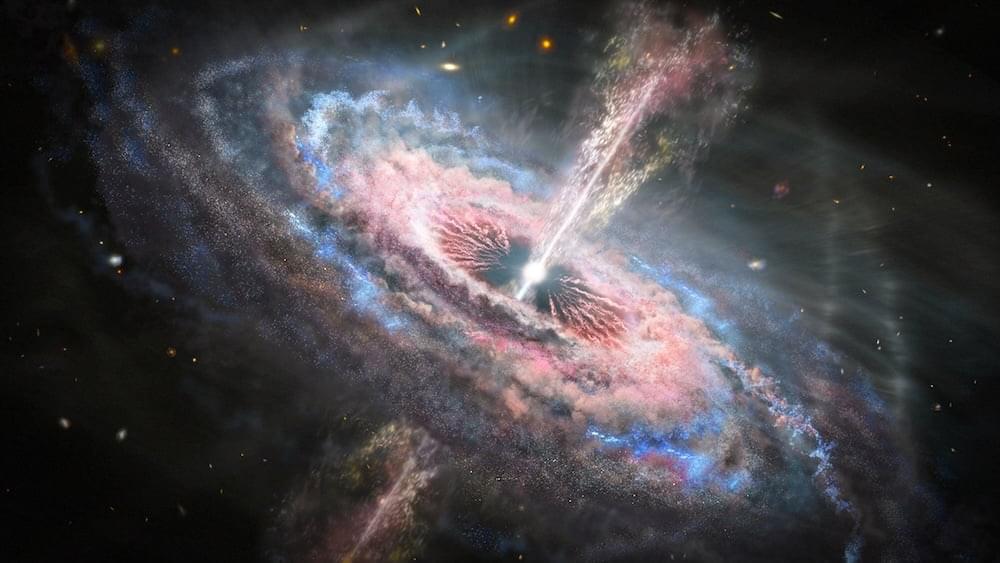
Quasars represent some of the most luminous and energetic phenomena in the universe. These distant powerhouses are driven by supermassive black holes—colossal gravitational engines with masses millions to billions of times that of our sun—which actively devour surrounding matter at incredible rates.
As gas, dust, and stellar material spiral inward through an accretion disk superheated to millions of degrees, this matter releases tremendous energy across the electromagnetic spectrum before crossing the event horizon. The resulting emissions can outshine entire galaxies despite originating from a region no larger than our solar system.
The discovery of billion-solar-mass black holes in distant quasars challenges conventional growth models in astrophysics. Scientists have observed these supermassive black holes (SMBHs) at redshifts beyond z≳6, when the universe was less than a billion years old—theoretically insufficient time for them to reach such enormous masses through standard Eddington-limited accretion from stellar-mass seeds.
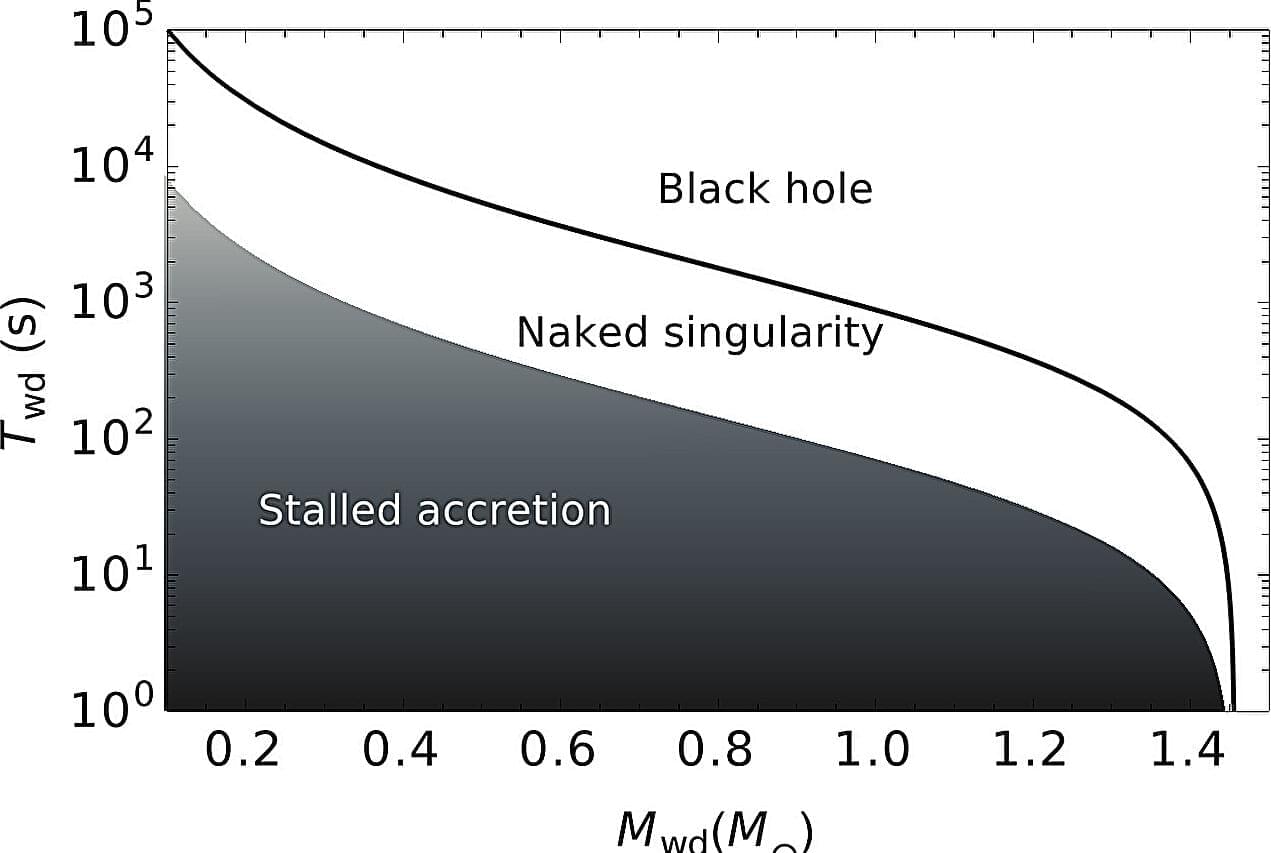
When people think of black holes, they imagine something dramatic: a star exploding in space, collapsing in on itself, and forming a cosmic monster that eats everything around it. But what if black holes didn’t always begin with a bang? What if, instead, they started quietly—growing inside stars, which still appear alive from the outside, without anyone noticing?
Our recent astrophysical research, published in Physical Review D, suggests this could be happening—and the story is far stranger and more fascinating than we imagined.
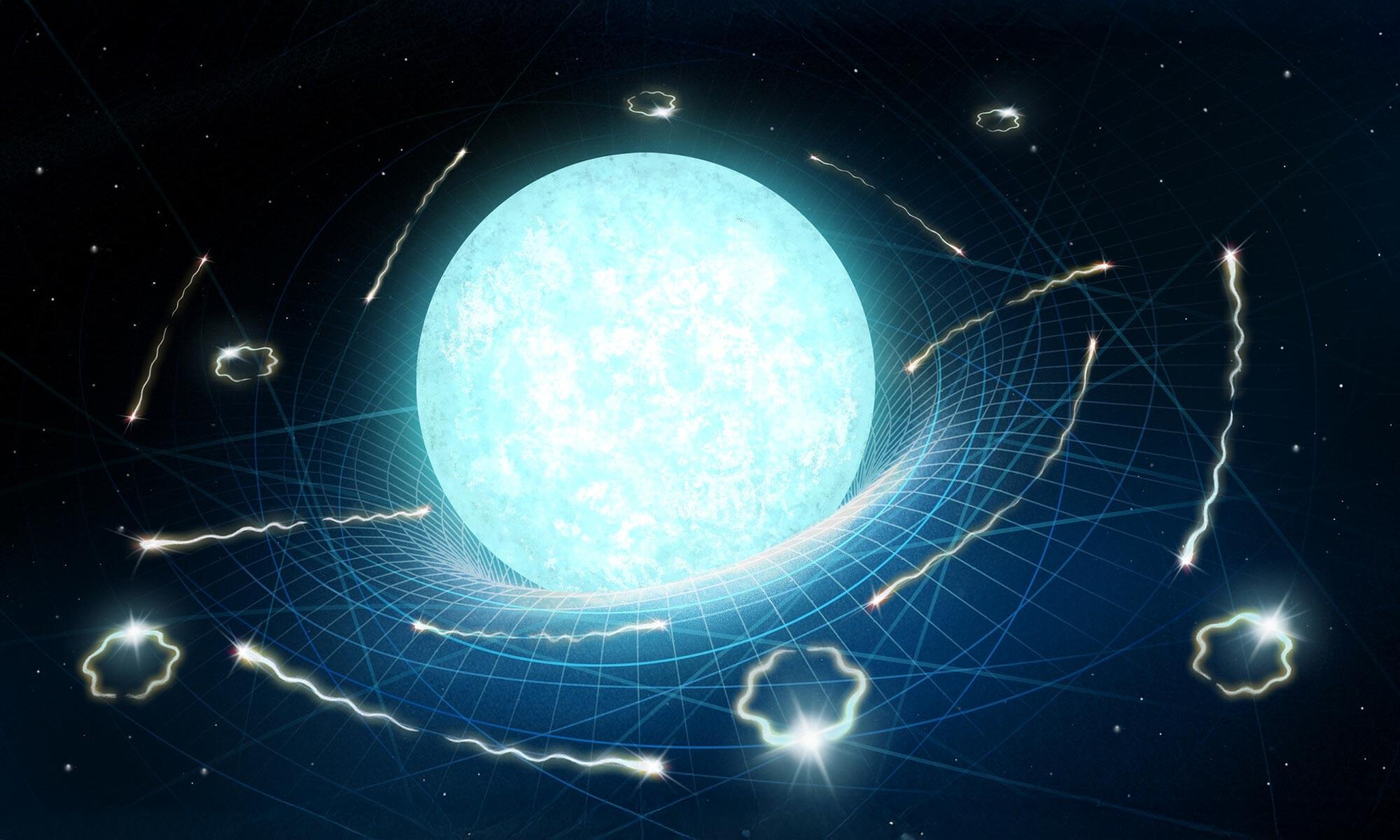
What if black holes weren’t the only things slowly vanishing from existence? Scientists have now shown that all dense cosmic bodies—from neutron stars to white dwarfs—might eventually evaporate via Hawking-like radiation.
Even more shocking, the end of the universe could come far sooner than expected, “only” 1078 years from now, not the impossibly long 101100 years once predicted. In an ambitious blend of astrophysics, quantum theory, and math, this playful yet serious study also computes the eventual fates of the Moon—and even a human.
Black Holes Aren’t Alone
Special Offer! Use our link https://joinnautilus.com/SABINE to get 15% off your membership!
White holes are theoretical bodies in physics that are basically time-reversed black holes, meaning instead of permanently trapping matter inside themselves, they release it constantly. Recently, one team of physicists claimed that black holes can turn into white holes, another team says they know how to detect them, and yet another group claims that white holes make up dark matter. Has the time for white holes come?
Paper: https://arxiv.org/abs/2409.
This video comes with a quiz which you can take here: https://quizwithit.com/start_thequiz/1747758423603x287969714625576960
🤓 Check out my new quiz app ➜ http://quizwithit.com/
💌 Support me on Donorbox ➜ https://donorbox.org/swtg.
📝 Transcripts and written news on Substack ➜ https://sciencewtg.substack.com/
👉 Transcript with links to references on Patreon ➜ https://www.patreon.com/Sabine.
📩 Free weekly science newsletter ➜ https://sabinehossenfelder.com/newsletter/
👂 Audio only podcast ➜ https://open.spotify.com/show/0MkNfXlKnMPEUMEeKQYmYC
🔗 Join this channel to get access to perks ➜
https://www.youtube.com/channel/UC1yNl2E66ZzKApQdRuTQ4tw/join.
🖼️ On instagram ➜ https://www.instagram.com/sciencewtg/
#science #sciencenews #physics #blackholes